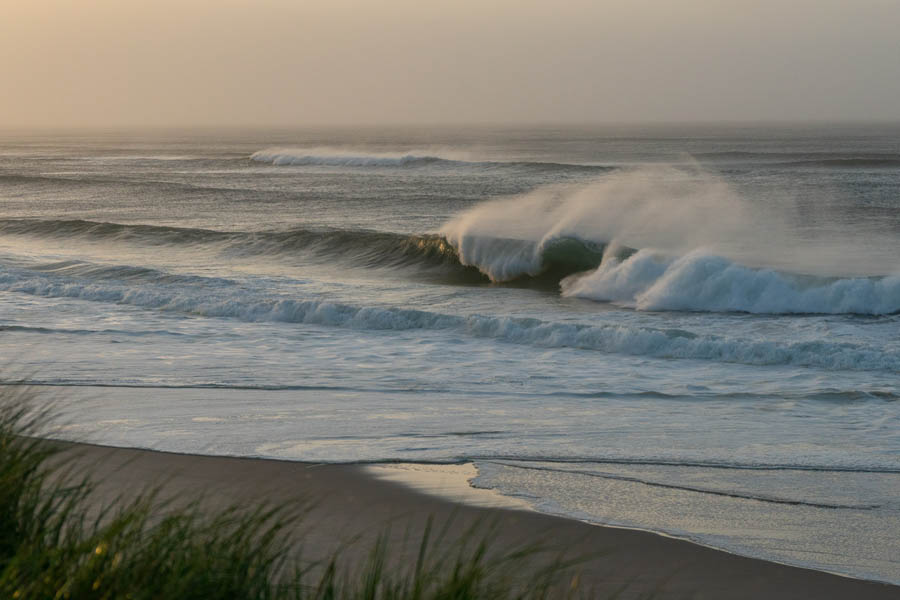
Climate change
Sable Island National Park Reserve
The impacts of climate change on Sable Island include increases in temperature, precipitation, sea levels, and the frequency of large storms.
Increase in temperature
Sable Island is experiencing a gradual increase in temperature at a rate of approximately 0.1° C per decade.
Due to the island’s location in the ocean, it is not likely to experience the extreme temperatures that are expected in other parts of the world.
Increase in precipitation
Total precipitation has increased on Sable Island since 1891. This increased precipitation will benefit the island by helping to maintain groundwater.
Rising sea levels
Parks Canada is monitoring sea levels on the island. It is predicted that by the end of the 21st century, sea levels around Sable Island will have risen by approximately one meter, causing Sable Island to shrink in overall size.
However, in recent years it has been observed that the island’s dunes may be “keeping pace” with the rise in sea level and increasing their height to adjust.
Increase in large storms
Sable Island is experiencing an increase in the frequency of large storms, including hurricanes.
These storms often cause dune erosion and flooding, and lead to brackish water in freshwater ponds (a mix of salt and fresh water). For this reason, there has been a steady decrease in the number of freshwater ponds on the island.
Related links
- Date modified :
